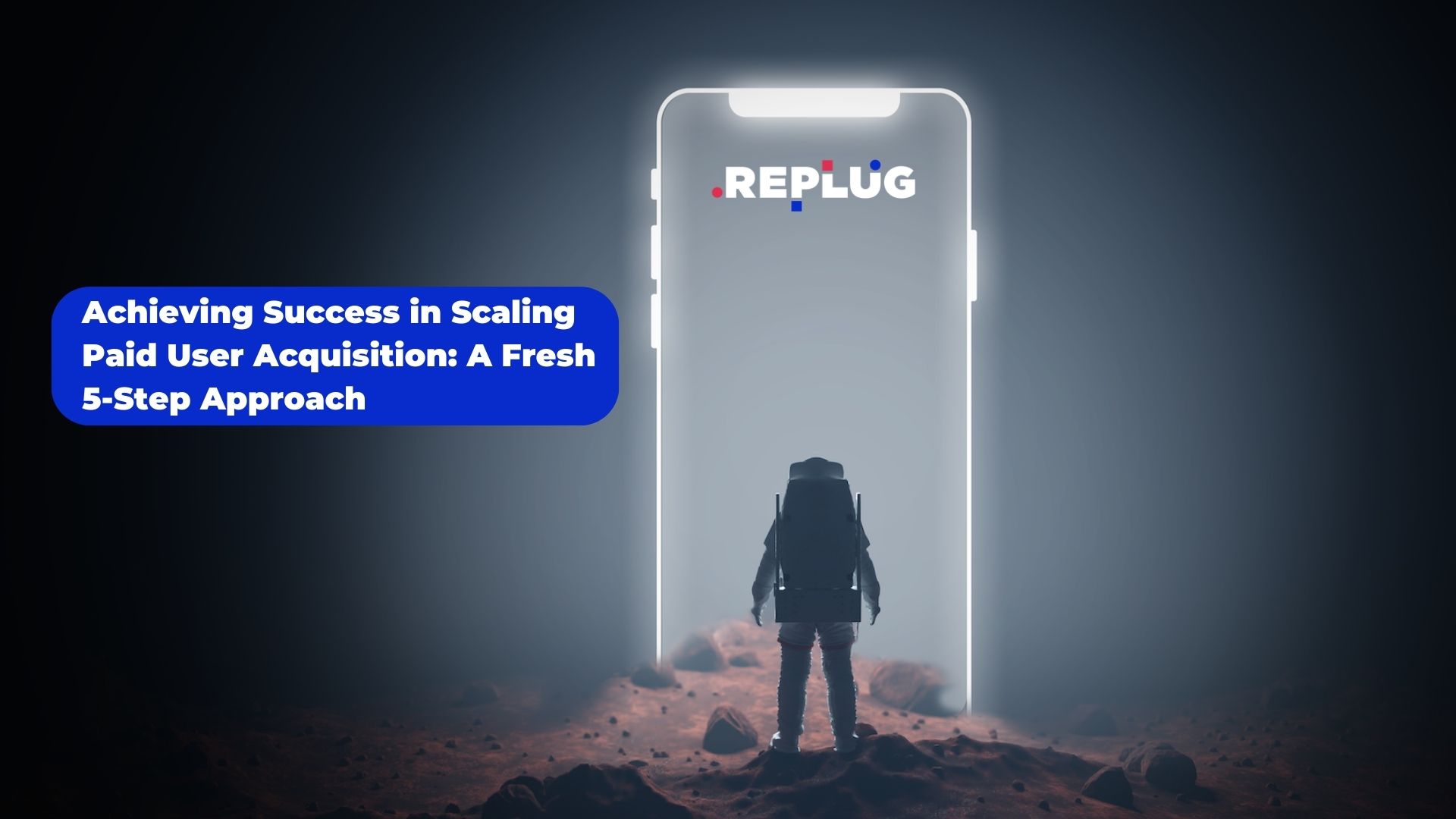App Store Optimization – App Tracking Transparency and kids apps
- Wednesday, May 19th, 2021
- Share this article:
Dave Bell, Co-founder and CEO of Gummicube, explains how Apples App Tracking Transparency framework, introduced with the roll-out of iOS14.5 and widely seen as a hindrance to the ad tech industry, could help brands marketing to children.
![]() Apple’s newest update, iOS 14.5, features the much-anticipated App Tracking Transparency (ATT) framework. ATT is a new policy for apps submitted to Apple’s iOS App Store which regulates what personal data can be collected from Apple users.
Apple’s newest update, iOS 14.5, features the much-anticipated App Tracking Transparency (ATT) framework. ATT is a new policy for apps submitted to Apple’s iOS App Store which regulates what personal data can be collected from Apple users.
Users will now be presented with the option to allow or deny sharing of their unique Identifiers for Advertisers (IDFAs) for targeted advertising, via a prompt like the one shown in the image below. This has left many developers and advertisers unsure of how to navigate a post-IDFA market. Despite the possibility that this new policy could negatively impact the digital advertising industry, apps for children, which previously had massive roadblocks regarding advertising, may find these changes to be in their favor.
Regulation of data collection for minors
Historically, using attribution tracking in child-directed apps for targeted advertising has been difficult, if not nearly impossible. The Children’s Online Privacy Protection Act (COPPA), enacted by Congress in the United States in 1998 and signed into law in 2001, places restrictions on data collection with the privacy of minors in mind. COPPA gives parents or guardians control of what data is collected from children under the age of 13.
Typically, mixed-audience solutions, a way to target the parents’ data while leaving children untracked, have been employed as a workaround to provide relevant ads for children’s services. This method is often insufficient for acquiring any truly actionable data; developers and advertisers may choose to forego any kind of targeted advertising when it comes to kids’ apps. The benefits of getting this partial data often do not outweigh concerns of breaking the laws set out by COPPA.
AppTrackingTransparency could provide developers and advertisers with the tools to curate ads for children without the need to collect personal data. This is great news for developers who suffer from low profitability of their child-directed apps.
Apple’s App Tracking Transparency Framework
The regulation of personal data collection has been a hot topic in the media for a few years now. Extensive free services, from social media to games and productivity apps, rely on advertisements to stay afloat. With so many people online using these services and providing basic information such as age and region, advanced advertising techniques developed to provide users with relevant ads.
Targeted advertising has revolutionized the mobile advertising industry, but not everyone is on-board for sharing their data with advertisers. Amidst the changing public view towards data collection, Apple announced in 2020 that it would be phasing out IDFAs and implementing a way for users to choose what they would like to share. Apple didn’t leave developers and advertisers wholly unprepared for these changes, providing a proprietary measurement solution in SKAdNetwork (SKAD).
Attribution for children
Apple’s advertising measurement solution, SKAdNetwork, is a type of last-click attribution. When a user clicks on an ad while using their Apple device, if it leads to download and installation, Apple sends a postback to the ad network validating conversion. The obvious benefit of this method is that performance metrics can be analyzed without the need to collect personal information.
This opens the door for attribution in targeted advertising to developers of child-directed apps who may have relied on less accurate measurement solutions. Harnessing the power of accurate conversion metrics for relevant advertising services without needing to collect personal data provides a way to offer users ads they will be interested in, regardless of their age.
This seems like an agreeable compromise between data-conscious consumers and mobile marketing specialists. However, it could also negatively impact compliant advertising methods that use IDFAs without collecting more sensitive information. One such method, contextual advertising, has been a commonly used tool in child-directed services.
Contextual advertising
Contextual advertising targets user demographics instead of the individual users themselves. While contextual advertising does collect IDFAs, this is typically for frequency capping (limiting the number of times a user sees an individual ad) or other compliant applications. It does not collect sensitive information, nor does it build unique user profiles or follow users across different apps.
Contextual advertising relies heavily on keywords and metadata to generate relevant advertisements instead of user behavior. There are three notable measurables used in contextual advertising: app metadata, app level engagement, and in-app content.
App metadata in contextual advertising relies on the keywords and content provided by the app to generate relevant ads. An example could be a user that is browsing an app for purchasing cosmetics; this method will show the user ads for cosmetics and related items in the app. The data used to target ads in this manner is provided by the app itself, so the user’s data need not be collected.
The second method, app level engagement, collects information such as previous ad engagement and how much time a user spends on a particular page or app. App level engagement requires some additional data to be collected from the user, however more delicate information – such as name, age, and date of birth – does not need to be collected.
Another newer technique, in-app content, incorporates the same information from app metadata with the page’s actual textual content to generate relevant advertisements. This method functions in an analogous way to web-based advertising in that it targets ads for what the user is currently actively viewing. In-app content advertising relies heavily on keywords and well-structured metadata for accuracy, which makes app store optimization more important than ever.
Overall
Apple’s iOS 14.5 brings with it a contentious reception of the App Tracking Transparency framework. Developers and advertisers will have to change the way they measure performance metrics as IDFA use fades. While some fear that ATT will negatively impact their industries, developers of kids’ apps on the Apple iOS App Store could see a significant boost in the possibilities, and potentially the advertising profitability, of their child-directed apps and services.
About the Author
Dave Bell is Co-founder and CEO of Gummicube, a global leader in App Store Optimization with more than 11 years of experience optimizing and marketing apps. We offer the leading enterprise ASO technology and agency services, providing support to clients around the world. Our company is trusted by thousands of enterprise brands and leading startups including Microsoft, LinkedIn, Bethesda, SWEAT, GrubHub, McAfee and many others.

















